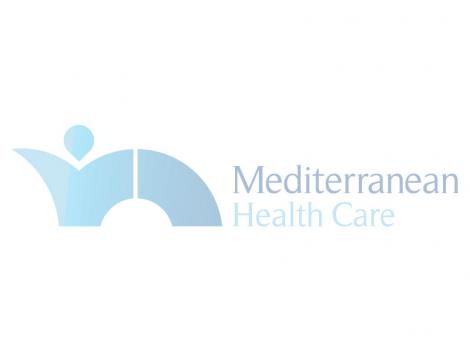
Specialized Centers
HOSPITAL CLÍNICA BENIDORM (HCB)
HOSPITAL CLÍNICO VISTAHERMOSA
HOSPITAL INTERNACIONAL MEDIMAR
Radiofrequency Rhizolysis
Rhizolysis or denervation is a non-invasive technique used to treat certain cases of back pain by inserting probes in the area of the spine to treat.
Benefits of the Operation
This minimally invasive technique treats pain arising from one or more facet joints (cervical, dorsal or lumbar pain). The patient does not need a general anaesthetic or to be admitted to hospital. It is a suitable treatment for cases of mechanical pain (with movement) and when the nerves that go from the spine to the limbs are NOT affected.
There are some nerve endings that transmit pain in the facet joints (between the vertebrae), which can be heated using radiofrequency, which reduces the pain signals that are sometimes the only symptom of degenerative disease of the spine.
Medical-technical description
Depending on the zone to treat, needle-like tubes called cannulas is positioned in three or more spots on each side of the spine near the irritated medial branch nerves. A regular frequency electrode is inserted through the cannula. The surgeon uses the electrode to heat and cauterise the nerve. Each of these cannulas are inserted near the affected joint. X-rays are used to position the cannula properly.
The surgeon tests the electrode with a weak electric jolt to ensure it is positioned correctly. Radiofrequency is applied for a few seconds in each joint. After the procedure, the electrode and cannula are removed.
About the operation
Rhizolysis or denervation takes place in the operating theatre with the patient lying face down (for lumbar or dorsal pain) or face up (in cases of cervical pain). A local anaesthetic is applied to the area where the cannulas will be inserted. Before applying the radiofrequency, once the cannulas are in place, local anaesthetic is deeply infiltrated in the areas to treat.
The procedure varies according to the levels to treat and the accessibility of these to the cannulas. In general, the treatment takes between 30 and 45 minutes to complete. The patient can walk unaided from the theatre and can go home without any special care.
Before the operation
- The patient goes to the doctor's office for a prior consultation, where decisions are taken and the doctor explains the surgery in detail and gives the patient an informed consent.
- You must take a list of all the medications you usually take (including medicinal plants) to the hospital with you on the day of your surgery.
- You will have pre-surgical tests consisting of a full blood test, biochemistry, coagulation, chest x-ray and ECG.
- You must wash the surgical site with an antiseptic night before and on the morning of the surgery.
- You must not eat or drink for 8 hours before your operation.
- You must remove all metal objects during the operation (rings, bracelets, earrings, body piercings, etc.).
Post-operative care
- For the first days after the surgery you may suffer some local discomfort, which will disappear when you take the medicine prescribed by the surgeon.
- After release, you should contact us if you have pain in the area that cannot be treated using the usual medication or have fever or shivering.



